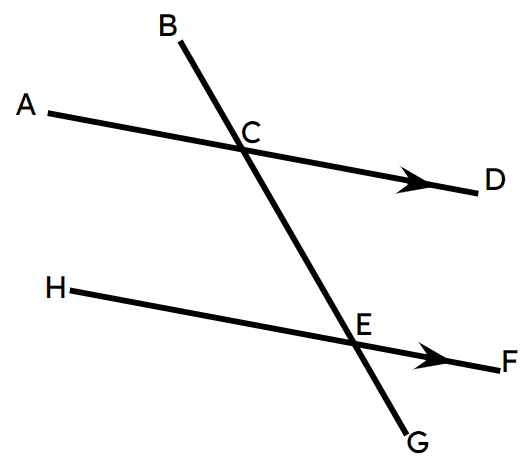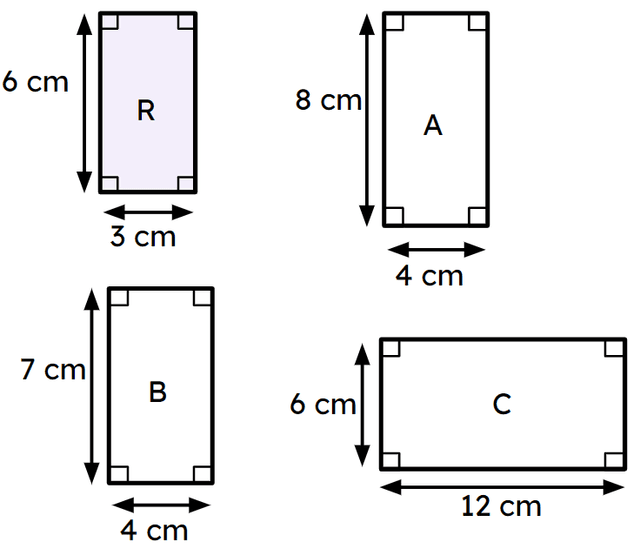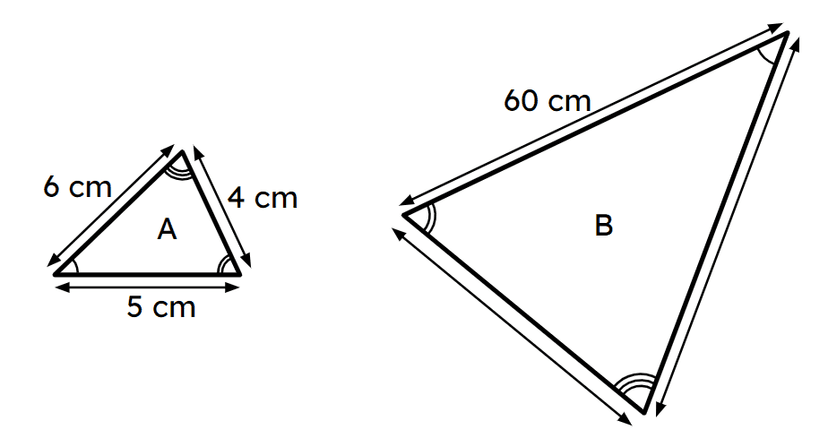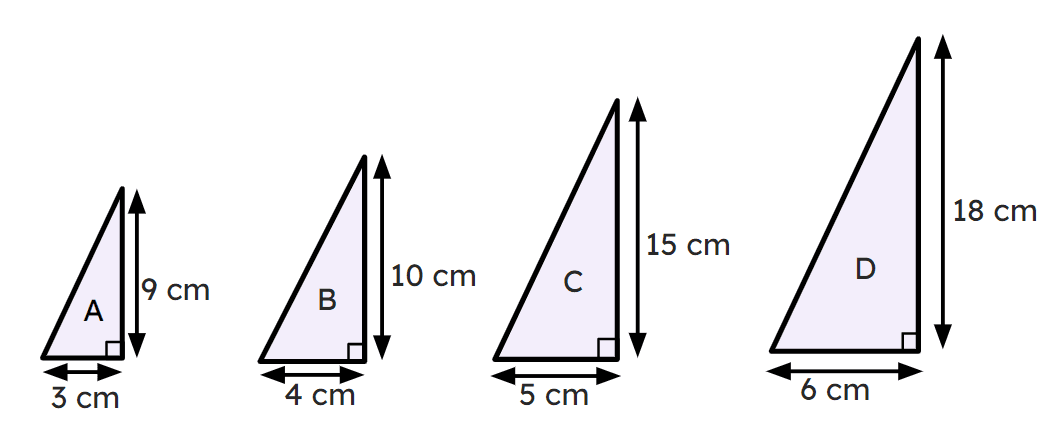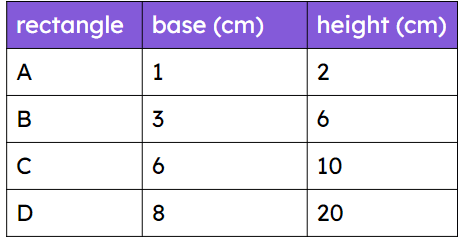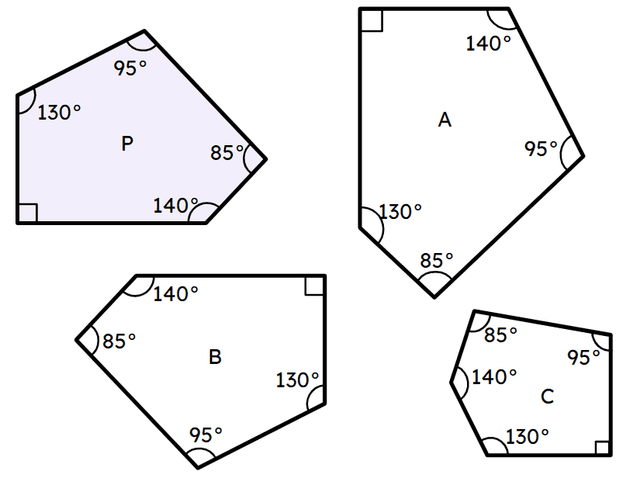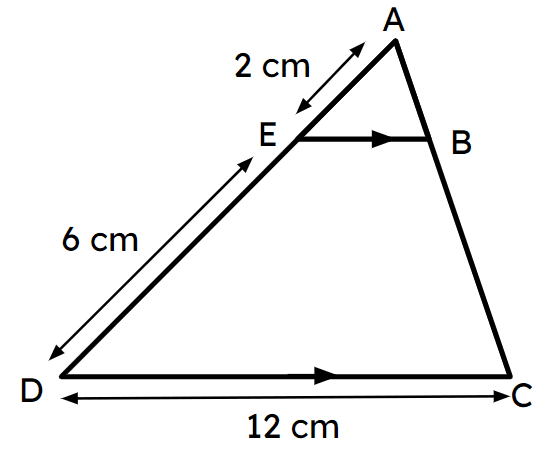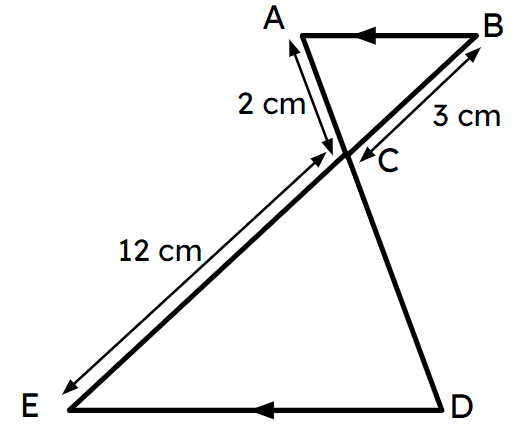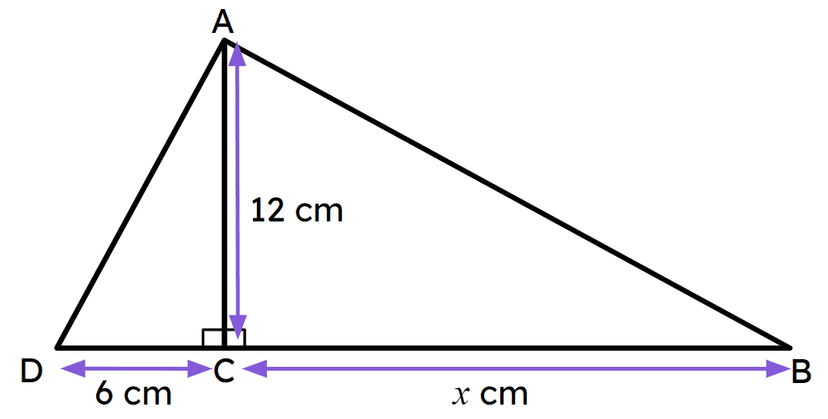Myths about teaching can hold you back
Learn why
New
New
Lesson 3 of 18
- Year 9
Similarity in shapes
I can recognise that similar shapes have sides in proportion to each other but angle sizes are preserved.
Lesson 3 of 18
New
New
- Year 9
Similarity in shapes
I can recognise that similar shapes have sides in proportion to each other but angle sizes are preserved.
These resources will be removed by end of Summer Term 2025.
Switch to our new teaching resources now - designed by teachers and leading subject experts, and tested in classrooms.
These resources were created for remote use during the pandemic and are not designed for classroom teaching.
Lesson details
Assessment exit quiz
Download quiz pdf




